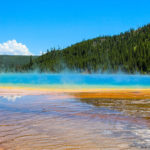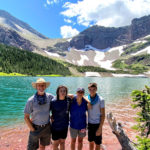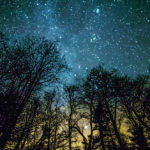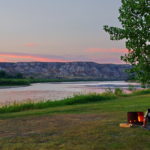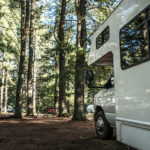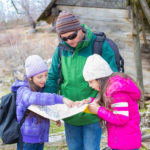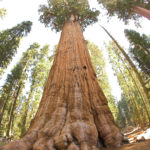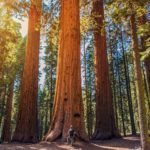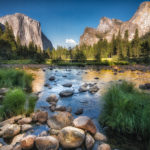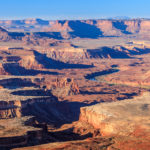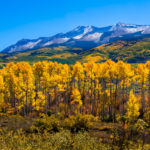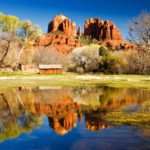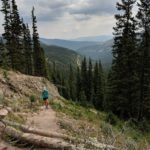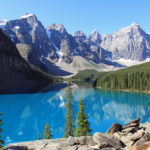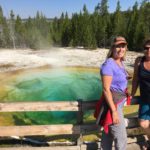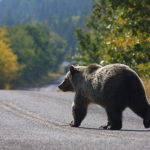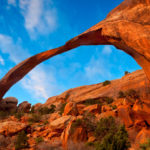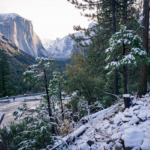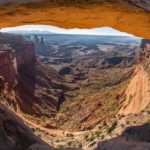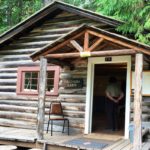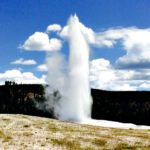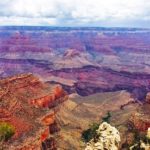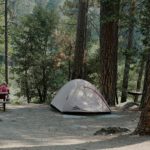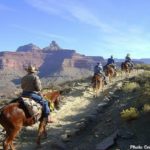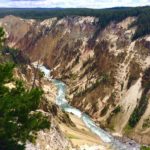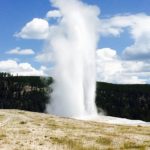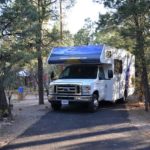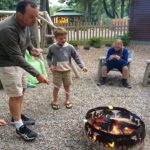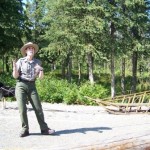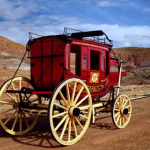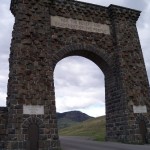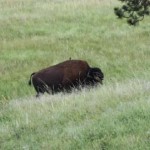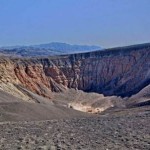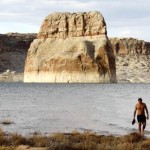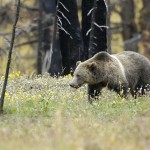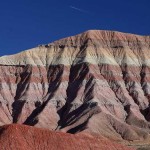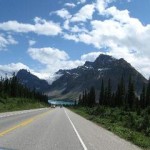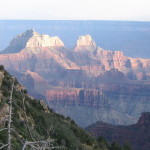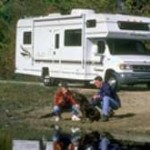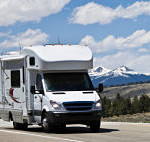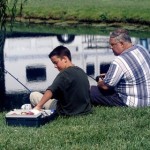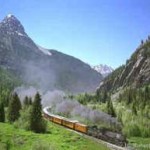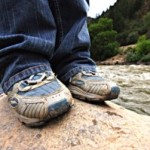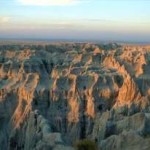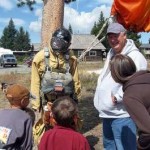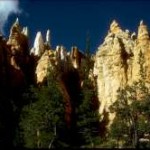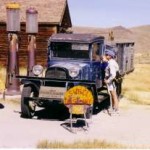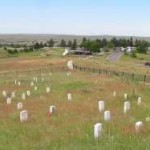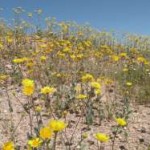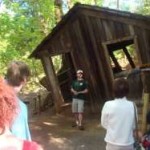The Best S’mores Recipes for an RV Vacation
T&T’s Most Recommended Burger Joints
Free Entrance Days in National Parks in 2021
Road Crew 2020: Traveling During a Pandemic
3 Reasons to Plan a National Parks Vacation a Year in Advance
How to Make the Most of Tech-Free Family RV Trips
It’s Already Time to Book Your RV Vacation for 2021
How to Use RVs to Enjoy Outdoor Spaces
Tips for Hiking with Kids and Teens
5 Benefits of Outdoor RV Vacations for Kids and Teens
Best National Parks Apps to Download Today
Top 10 Things to Do in Sequoia National Park
Best Spring Break Vacations
Our Favorite Sequoia to Yosemite RV Road Trips
Photo Contest 2019 Winners!
How to Make Yosemite Camping Reservations
How Many National Parks Are In Utah?
New Trip Pricing Details for 2020
How to Make Your RV Feel Like Home
5 Ways to Give Back to National Parks
Our Top 3 Destinations for Fall, Part 3
Our Top 3 Destinations for Fall, Part 2
Our Top 3 Destinations for Fall, Part 1
5 reasons an RV is perfect for a romantic vacation
Gear We Love for RV Travel – Holiday Wish List
Our Holiday Gift Guide 2018
Join Us and #OptOutside
Road Crew 2018: Colorado!
Photo Contest 2018 Winners!
4 Reasons to Plan Your National Parks Vacation Now
Road Crew 2018: Glacier, Yellowstone & Grand Teton
An 8-Day Trip Perfectly Captured in 5.5 Minutes
Share Your RV Trip Photos and Videos For a Chance to Win!
Tips to Respect Wildlife and Keep Yourself Safe in the National Parks
Beat National Park Vacation Crowds with These ‘Hidden’ Gems
50 Things to Do in National Parks
The Grand Canyon and Beyond: 9 Days in 4 Iconic Parks
5 National Park Hikes to Add to Your Bucket List
12 Awesome National Park Experiences for Your Next Family Vacation
5 National Parks You’ve Got to Visit This Winter
4 Do’s – and 4 More Definitely Do’s – for the Ultimate RV Vacation
The Mighty Five: 10 Days in Utah’s Unforgettable National Parks
6 Fantastic National Parks to Explore This Fall
Plan Ahead for These 5 “Firsts” of Summer
3 Easy Ways to Grow Your Kids’ Love for National Parks
Here’s Why a Trip to America’s National Parks Will Make Your Kids Smarter
8 Ways to Avoid Summer Crowds at Our National Parks
How to Have the Perfect National Parks Vacation
10 Ways to Celebrate National Park Week
5 Things to Do Today for Your Summer National Parks Trip
Science Has Proven that Nature is Good for You
Best National Parks for Kids
8 Ways to Save Money on a Family RV Trip
10 National Park Stops You Don’t Want to Miss
6 Best Ways to Keep Kids Entertained in the RV
What to Eat: 7 S’mores You Must Make on Your Next Camp-Out
Will We Survive RV Boondocking?
The Comforts of Home RV-Style
10 Great Things About a Family RV Adventure
Getting Organized Inside Your RV
The First Moments With Your RV
You Can Do It: Cooking Outside Your RV
You Can Do It: Cooking in Your RV
Your 10 Scariest RV Questions Answered
What You Should Know Before You Travel to Canada
National Parks Make Perfect Multi-Generational Vacations
Park Ranger or Superhero?
A Visit to San Francisco should include a tour of the bay
Pronghorn of Yellowstone – Don’t Fence Me In!
Cody, Wyoming is Mecca for Western History
Environmentally Responsible Vendors Make Vacationing Greener
North Entrance of Yellowstone Will Soon be Less Congested
Don’t Let TWS Ruin Your RV Vacation
Hoover Dam Bypass is a Vast Improvement for RV Travelers
Antelope Island Bison Roundup is a Worthwhile Daytrip
Wind Cave Acquisition Makes RV Trip More Desirable
The Best Time to Visit Death Valley by RV is Now!
Explore Lake Powell this Fall
A Review of Basic Wildlife Etiquette
New Archaeological Site Acquired by National Park Service
We’re already gearing up for 2012 RV vacations
Native American Heritage Days
It’s High Season for RV Vacations
Unusual Weather Requires RVers to be Prepared
Camping and Fishing are Kid Friendly
Add a Glacier Walk to your Canadian RV Vacation
Our RV Vacations are Customized For YOU!
Celebrate National Park Week and Get Moving!
Tips on Finding Affordable Flights for your RV Vacation
All Aboard!
Canyoneering – No Experience Required!
New Hiking Boots for Our RV Trip?
RV Vacations for Dinosaur Lovers
A Great Way to End Your RV Vacation
National Smokejumper Center Educates and Inspires
Visit Phoenix by RV for Spring Training Baseball
Night Skies are Unrivaled in National Parks
An Educational RV Vacation
Newest RV Vacation Offering is Announced
Enjoy Desert Wildflowers on Your RV Vacation
Rodeo Captures The Old West spirit
More Festivals to Inspire an RV Vacation
Festivals Worth Planning an RV Vacation Around
Your Chance to Give Luxury Camping a Try
Preserve and Share Memories the Easy Way
RV Vacation Planning 101
Two-Wheeled Road Trip
Geocaching and RV Travel a Good Combination
Great RV Camping Movies
My Aha Moment
National Park Road Trips – Where Did Summer Go?
Yellowstone Education Center Opens
Does Your Child Suffer From Nature-Deficit Disorder?
A Weekend Escape from Summer’s Heat
Yellowstone Bound?
Zion National Park Construction Woes
‘Insider Tips’ for Travelers
Crowds on the ‘Extra Mile’?
Spotlight on Yellowstone Alpen Guides
Flaming Gorge – not just for Trophy Fishermen
Crater Lake – the deepest lake in USA
Bear Lake – the Caribbean of the Rockies
Mesa Verde National Park – Step Back in Time
The Survivor Anderson Family – Who gets voted out of the RV?
Looking for a getaway to warm up?
Update on Flight Regulations and Guidelines
Happy Holidays from Tracks & Trails!
It’s a SNOW DAY for Tracks & Trails
Shopping for the perfect holiday gift?
Some clients create their own blogs!
We’re Live!!!
New Website is on the Way!
Sometimes we do go ‘the extra mile’
Feedback from client surveys
A National Park RV Trip in Pictures
Our clients are out there traveling!
What we do for you!
Happy June! Summer is here!
Progress on bridge near Hoover Dam
Tracks & Trails on MSNBC.com!
It’s been a little crazy around here!
Best prices in the summer for RV rentals
Looking for ways to save on Tax Day? Take a road trip!
Great place to watch Old Faithful & a call for photos!
Affordable family vacations, part 2
Affordable family vacations, part 1
Yosemite valley report
Education outdoors and the National Parks
New travel insurance coverage
It’s not too late to book your Spring Break vacation!
Yosemite camping reservations and the Ides of March
Arizona Fly-fishing Spots
Helloooooo Canada!!!
When to take that summer trip? JUNE!
It’s confirmed – Las Vegas is a bargain!
Yosemite National Park reservation window
Why travel domestically? Better yet – why not?
Summer Vacation vs. Spring Break
New United baggage shipment program
Go West Summit travel conference
Update on availability of campgrounds and RV’s for the summer
Calling all Wildlife Seekers!!!
A Collection of Intriguing Adventures
Comparing Disney, cruising and National Park RV vacations
Booking now saves money and gets the best vacation!
Fake Yellowstone evacuation warnings
It all starts in Vegas!
Planning ahead for big families
Happy New Year!!!
Sheri’s Favorites (Part 3)
Sheri’s Favorites (Part 2)
Sheri’s Favorites (Part 1)
2009 – The Year of Looking for Travel Deals
Exploring the National Parks
The National Parks Pass
Gift Ideas for the Holidays
Spotlight on Lake Powell Resorts & Marinas
How about Canadian bargains?
Junior Ranger Programs
Fun, new airline websites
Low holiday airfares and where to go!
Looking for Bargains?
Just Got Back from Lake Powell
New Florida Itineraries!
Review of our Excursion Outfitters
It’s Time for a Break!
RV rental company spotlight
Going fast vs. Going slow
New itineraries and travel modes
When’s the best time to travel?
The Wynne’s blog of their trip
Surveys and client feedback
Travel this fall to Canada
Staff experience and how it pays off!
Yosemite fire update & LA road conditions
More pictures from the road – Team Harper
Summer time staff picture!
Talking ‘green’ when taking a trip
Worried about the cost of an RV road trip? Fear not!
Traveling in the Fall
Sharing one client’s pictures
Booking early for 2009
Big Sur Fire Update and a helpful link or two
My first blog entry
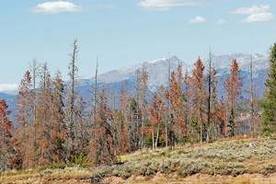 If you have traveled through the west in the past few years, most likely you have noticed the rusty-colored, dead trees that cover the hillsides – the result of pine beetle infestations. At a recent Future Forests Summit encouraging news was heard – scientists are confident that these beetle-infected forests throughout the west will regenerate. The pine beetle, a native insect that infests the bark of lodge pole pine trees and introduces a fungus that quickly chokes off the tree’s water supply and kills it, has infected forests across millions of acres from Colorado all the way north to British Columbia. The conference addressed impacts of the epidemic on the forest and watershed, wildlife and ecosystems.
If you have traveled through the west in the past few years, most likely you have noticed the rusty-colored, dead trees that cover the hillsides – the result of pine beetle infestations. At a recent Future Forests Summit encouraging news was heard – scientists are confident that these beetle-infected forests throughout the west will regenerate. The pine beetle, a native insect that infests the bark of lodge pole pine trees and introduces a fungus that quickly chokes off the tree’s water supply and kills it, has infected forests across millions of acres from Colorado all the way north to British Columbia. The conference addressed impacts of the epidemic on the forest and watershed, wildlife and ecosystems.


